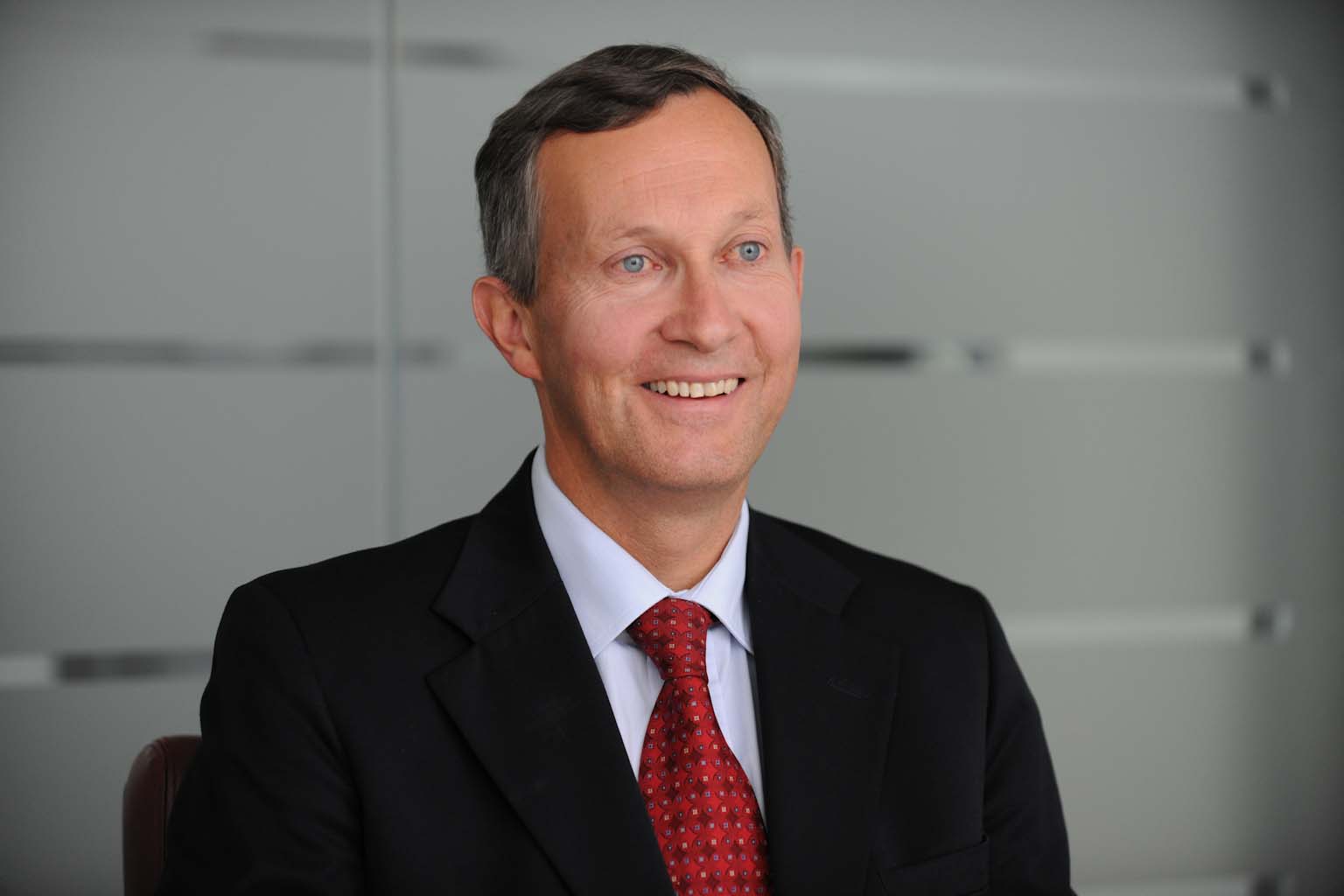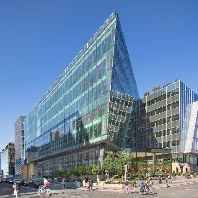How do you see the situation today in the UK economy in general and in retail in particular: is recovery finally here?
All the key measures are showing an improving picture in the UK: consumer confidence, house prices, non-food retail sales are all going in the right direction and I think that the overall picture is more positive than we have seen for some time. Over three quarters in a row there are positive GDP figures. On property values, we have seen 25 months of falling values for retail property in the UK, but the last two months have been positive and we certainly see good investment demand for quality retail assets.
Do you see consumer spending increasing?
I think consumers have been squeezed over the last five years by relatively flat earnings and rising inflation, so clearly there is a lot of pressure. However, what we have seen in the last few months in the UK is that when people feel better about their job prospects, their confidence rises and they are more prepared to spend.
What is your view of ‘the shopping experience’ and the role it plays in shopping centers?
I think probably now most shopping center owners are talking the same language here: that people don’t just go shopping anymore, it’s all about the overall experience.
Our job is to make sure that anyone who comes into our centers feels better about life when leaving the center than they did when they arrived. It’s a good experience for them and in order to deliver that experience, you need to have enough attractions–you need quality retailers, but also restaurants and other attractions, whether it’s cinemas, family entertainment centers, ski slopes, aquariums etc. All those attractions are part of the shopping experience, particularly the food and beverages offer.
Another important factor is shopping hours. Larger centers can offer the full range of attractions more readily and they have the critical mass that enables them to stay open for longer.
It is quite rare now that the only reason for going to shopping centers is shopping. If you take for instance intu Trafford Center, there are over 60 catering outlets within the centre and probably half of trade is done after 5pm, so patterns of behavior have changed and people want to shop in the evenings.
What about pop-up shops? Have you tried this concept in one of your shopping centers?
Yes, we experiment the whole time. We have retailers who want to try out new concepts, they can take a part of the store and try it out and if they like it they can take a full store on a long-term lease—that’s what landlords are aiming for. On the other hand, the pop-up shop adds a bit of color and change to a center, the consumer likes change and new things.
Your consumer website (intu.co.uk) is the first multi-channel transactional shopping center. Can you tell us a bit more about it?
We started with rebranding; we changed our name from Capital Shopping Centers, which was a good name for a professional audience, to a consumer-oriented name, intu. We have now rebranded all our centers under the intu name, so we have intu Trafford Center, intu Lakeside, intu Watford etc and the power of that is amazing. Whether it’s people, retailers, local councils that we deal with and the media, it makes us much more visible.
As the result of that we see more national marketing opportunities, we have done deals with Hello magazine, Cosmopolitan magazine, we have worked with model search agencies on a national basis; we can deal with people nationally. With one owner they can cover a vast area of the UK and that’s a really powerful factor in the brand.
Furthermore, on our websites you can not only find the information you need about the centers, but you can actually shop. It’s an additional service to the consumer and to the retailer, they can be trading when the shopping center is closed; it’s another route to market on a multi-channel basis.
Do you think multi-channel complements or goes against retail real estate?
I think the whole world of e-commerce is obviously going to bring about significant change, as it is already doing. Overall, it will reduce demand for physical space but notably in secondary and tertiary locations. It actually makes the flagship store in a high footfall destination more important. That’s where the retailers can create their brand, that’s where they can showcase all their products and create excitement around the brand. Flagship stores in prime destinations become very important.
We see that established retailers in the UK might have 500 stores, but a new entrant to the UK would not contemplate opening 500 stores. Five years ago they would probably have looked at 50 stores. Now they might look at 25 stores because they want each one to be a statement about their brand, and this is all making the role of the large shopping center more fundamental to the whole process.
We are focused on what I refer to as the “big dots’’ on the map in the UK: big cities like London, Manchester, Newcastle, Nottingham, Glasgow, Cardiff, Bristol, because these are the places retailers would go to. Once the consumer goes on the website of a particular retailer and they can see the full range, they do not want to go to a small store with only a fraction of that range. They want the whole range and the whole experience.
In your opinion, what other trends will dominate the retail market?
I think clearly the fusion of shopping, eating and entertainment is a key trend, but also the rise of the smartphone is a very significant trend. The whole need for the shopping center to move from the functional activity of providing a shopping destination to providing an enjoyable experience is what will dominate the industry. The role of the skilled operator is becoming more and more important in a successful shopping center.















